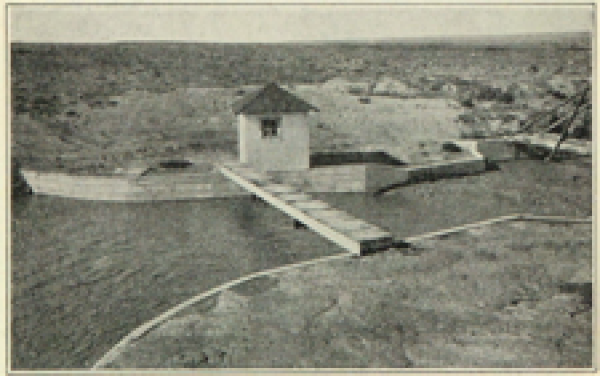This website uses a variety of cookies, which you consent to if you continue to use this site. You can read our Privacy Policy for
details about how these cookies are used, and to grant or withdraw your consent for certain types of cookies.
Determining Head Loss in a Parshall Flume
Parshall flumes are restrictions in a flow stream that raise the upstream level as flow is restricted before passing through the flume. This backwater extends upstream of the flume, into the approach channel. The difference in the water surface elevation upstream of the instalaltion with and without the flume is the head loss created by the flume.
1 to 9-Inch Parshall Flumes
For smaller Parshall flumes (9-inches and smaller) head losses are typically less critical and the difference between the heads at the primary (Ha) and secondary (Hb) points of measurement are usually considered to be an adequate estimate of the installation's head loss.
1 to 8-Foot Parshall Flumes
For Parshall flumes from 1 to 8-feet wide, the U.S. Natural Resources Conservation Service has developed a table to determine head loss based upon the discharge, flume size, and percent of submergence.
10 to 50-Foot Parshall Flumes
In Parshall Flumes of Large Size (1953) Dr. Parshall published a head loss table like that developed by the U.S. Natural Resources Conservation Service for the 1 to 8-foot Parshall flumes. As with that table, Dr. Parshall's table gives the discharge, flume size, and percent of submergence to allow the user to determine the head loss.
For larger format head loss tables
Related Blog Posts
Explore more insights in our blog.

LOCATIONS IN ATLANTA, GA & BOISE, ID




